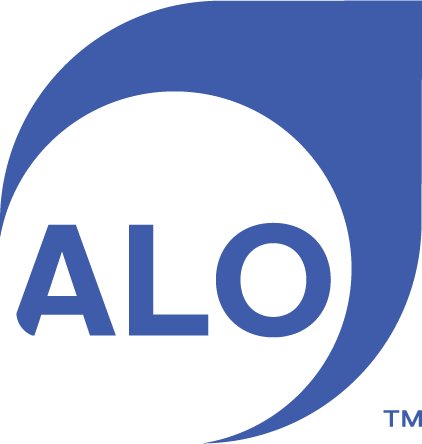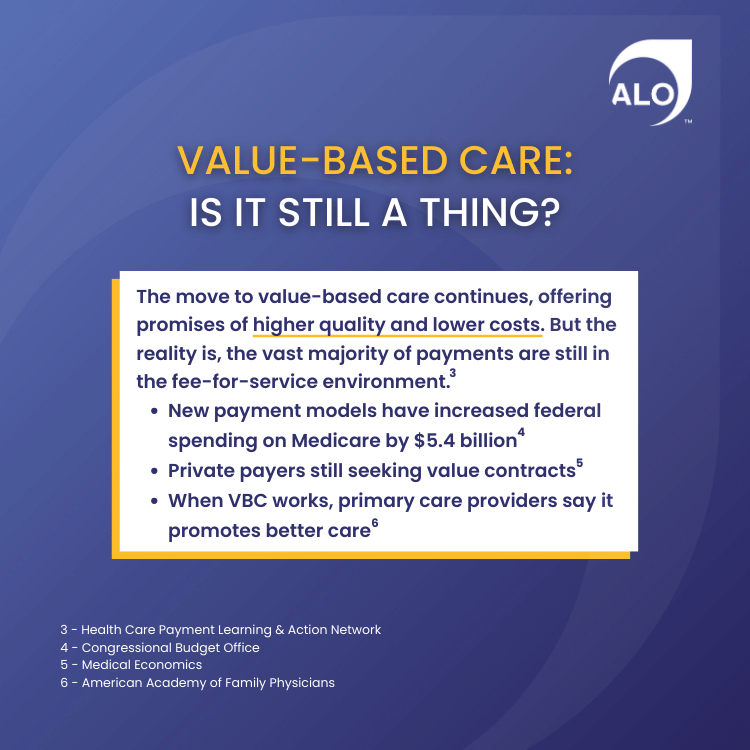Physician Compensation, Lower Reimbursement + Inflation: What To Do
Independent physicians certainly don’t have it easy when it comes to their compensation in 2024. The formula used to be: Increase patient volume and keep costs down. In reality, factors that are mostly out of doctors’ control are making it hard to keep their practices sustainable, let alone thriving.
The income and expense sides of the ledger just aren’t working well for practices these days. Current trends are going in the wrong direction, creating a double-whammy of falling reimbursement and rising costs. Consider these recent data points:
Nearly nine in 10 medical groups saw their operating costs increase in 2023, with an average increase of 12.5%, according to a survey by the Medical Group Management Association (MGMA.) Rising labor costs are a big reason for the increase.
The latest cut to the conversion factor in Medicare’s physician fee schedule is 3.4% for 2024. To make matters worse, many payer agreements are tied to Medicare rates, so this affects more payer contracts than just Medicare.
2024 and beyond is shaping up to significantly impact your practice P&L, resulting in lower physician take-home pay. That means you need a reliable strategy for dealing with the double-whammy. The best strategy should include these three key elements to a better, more sustainable approach to compensation:
Lean Into Risk
Physicians run across the word “risk” every time they sit down to map out the future of their practice. When I talk to doctors, I often find that they’re not always sure what a payer, another provider, or a business person means by “risk.” So, it’s important we get clear on the definition of risk when we’re talking about the business of healthcare, especially primary care.
Risk simply means who’s going to be financially accountable for what happens when patients receive care. Did the physician practice’s interventions help the patient get better? Or did the patient need a series of more expensive tests and treatments?
Obviously, what the physician does is only one part of the entire story when it comes to patient outcomes. The patient’s own choices matter a great deal. But over time, we’ve gained a good, though not perfect, picture of which interventions tend to lead to better outcomes. In a risk environment, physicians are held to the clinical guidelines that result from what the medical community knows from years of research into health outcomes.
When physicians take on more risk, they have the opportunity to gain more income through the financial arrangements often known as value-based care, shared savings, pay-for-performance or some other measure. Which also means that it’s possible that their compensation won’t increase - or that they might even face a penalty - when those measures aren’t met.
Most physicians and hospitals have either willingly or unwillingly accepted the fact that risk is here to stay. Doctors who embrace risk in ways that make sense for their practices stand to do better over the long run than those who try to avoid risk altogether. When negotiating risk, be sure within your contracts to hold the payer accountable in SLAs to attribution methodology and member reporting on Clinical Quality Measures (CQMs). The payer or VBC partner needs to provide you with the data to manage patient outcomes as part of the risk goals. What’s equally important, don’t rely only on payer or partner data. Develop your own reporting capabilities within your EMR and practice management systems.
Embrace Value-Based Care on Your Terms
Value-based care (VBC), the method of delivering and paying for care that takes the risk described above into account, promises a more sustainable future for independent physicians than our traditional fee-for-service model. In my view, this promise isn’t universal. Independent physicians need to carefully consider which value-based arrangements make sense for them, keeping in mind that payments under VBC don’t work the same as fee-for-service.
Let’s use the common arrangement known as an accountable care organization (ACO) as an example. Most ACOs use a period of time for quality and outcomes to be measured across the pool of participating providers and members, and then pay out savings at year-end. Shared savings in most ACOs aren’t guaranteed. If performance across the pool doesn’t meet targets, there might not be any shared-savings payout. And even if shared-savings payments are made, those payments are at the end of the measurement period, which can take six to nine months.
That’s why it’s so important for independent practices to know what they’re signing up for. While shared-savings payments over the long run tend to be favorable, they don’t necessarily help immediate cash flow. Other options, such as the clinically integrated network (CIN) model, might be more beneficial in the short run.
In a CIN, a group of physicians work together to deliver higher quality, more efficient and more coordinated care in return for fee-for-service payments that reflect the value the network is creating. At Alo we made a deliberate decision early last year to offer a CIN to North Carolina independent physicians as it provides support for improving patient care and negotiating power with health plans - while allowing participating physicians to continue in the fee-for-service world while they plan their transition to VBC.
Any discussion of ACOs and CINs in the same breath leads to an important question: Can independent practices be in both? Absolutely. You don’t have to commit exclusively to one or the other. In fact, participating in both models can be advantageous from the standpoint of using the CIN to improve quality metrics while enhancing fee-for-service payments, and being in an ACO to capture year-end incentive compensation.
Take Advantage of Strength in Numbers
The final piece of the three-legged strategy stool for independent physicians is to team up with like-minded physicians. This doesn’t necessarily mean merging with other practices, though that might be an attractive option for some.
You can maintain ownership of your practice and still take advantage of the strength in numbers that are available to physicians working in collaboration with other physicians. Models such as CINs and ACOs are designed for increased collaboration, sharing of resources and knowledge, as well as improved compensation. When the organization contracts with payers, it offers collective strength in negotiations by offering a ready-made provider network that should align with the health plan’s goals for improving quality, member satisfaction and cost management.
Going back to how we structured the Alo CIN, participating physicians have access to these resources and more. Physicians can enhance their clinical expertise through continuing medical education (CME) credits and find other learning opportunities in a collaborative environment. They also share technology resources for data interoperability, analytics and clinical improvement programs.
Putting It All Together
No one argues that it’s simple and straightforward for independent physicians to chart a more sustainable path for their practices, their patients and themselves.
We get all kinds of questions from independents who are concerned about their compensation and many who seem to be struggling with their strategy. In the year since announcing the Alo CIN, we’ve noticed there are three kinds of physician-owners that we’re talking to: “The Planners” - those who know what’s coming and are scouting out their best options, “The Busy” - those who sense they need to adapt but are too busy to figure it out, and “The Disregards” - those who are, unfortunately, trying to keep doing business as usual without noticing the changes all around them.
The large majority of independent physicians in North Carolina belong to one of the first two camps. They’re on the right track - they just need trusted resources to help them navigate to a more sustainable and rewarding future. I’m reminded of this saying, “If the pace of change inside your organization is not equal to or greater than the pace of change outside your organization, the end is near.” Don’t let this be you and your practice. Get a plan and get in front of the change. The ones who take the next strategic steps forward will be prepared to continue doing what they love, and do so while remaining independent.


